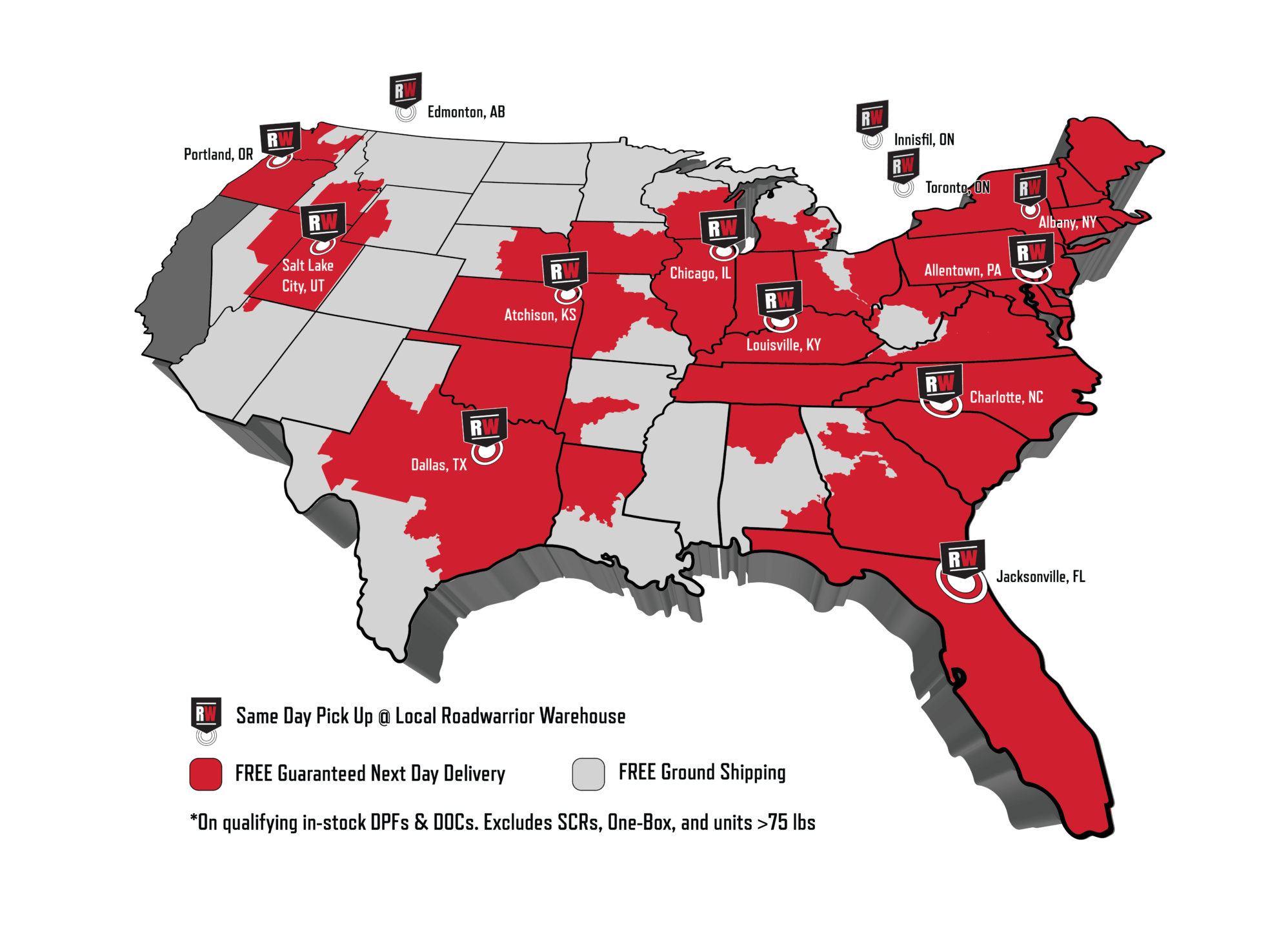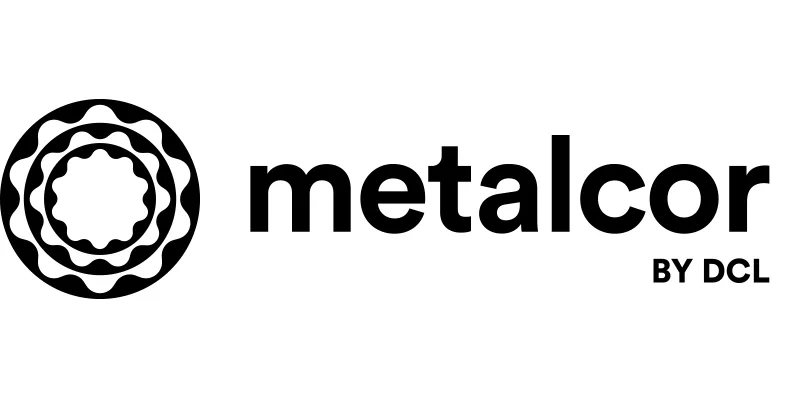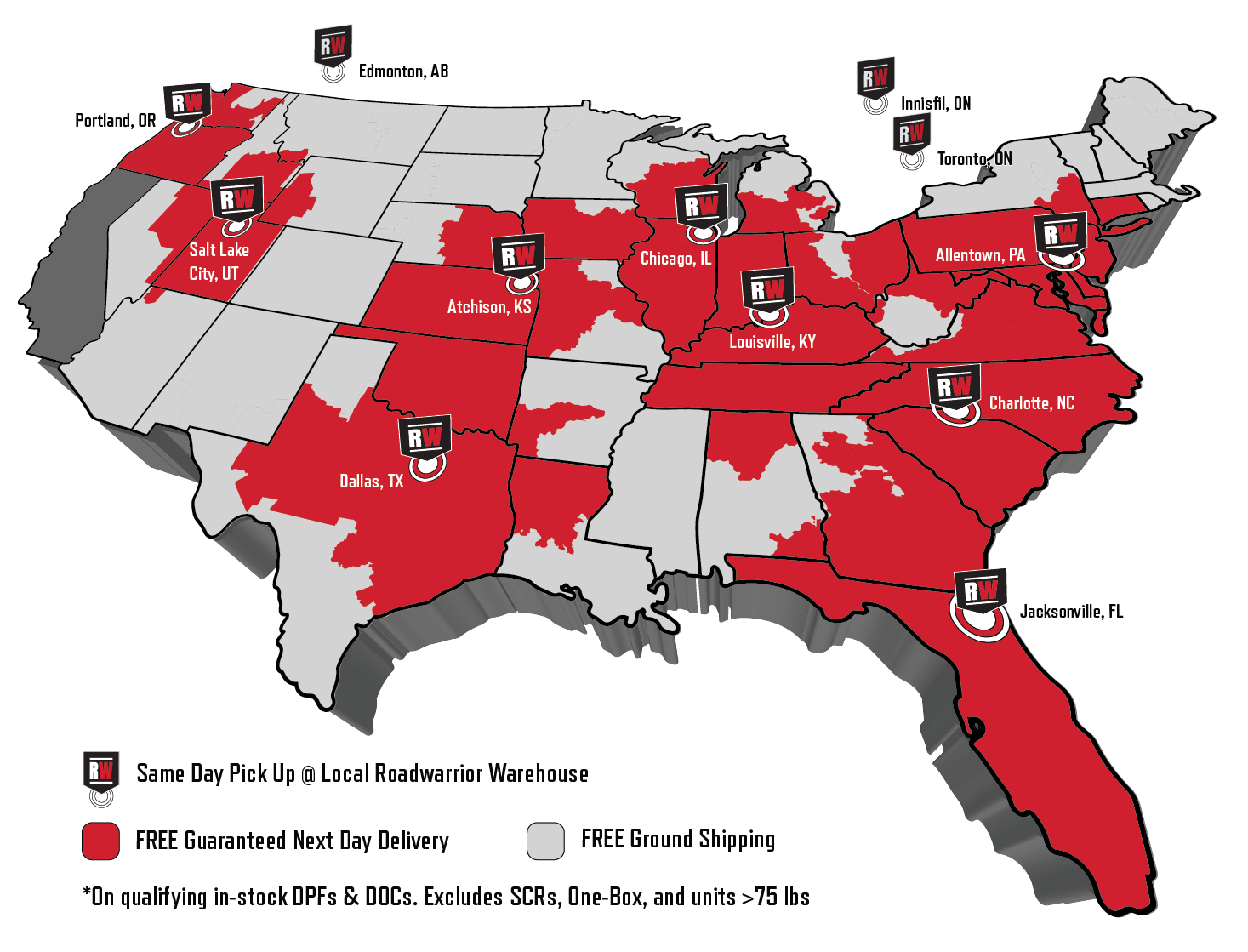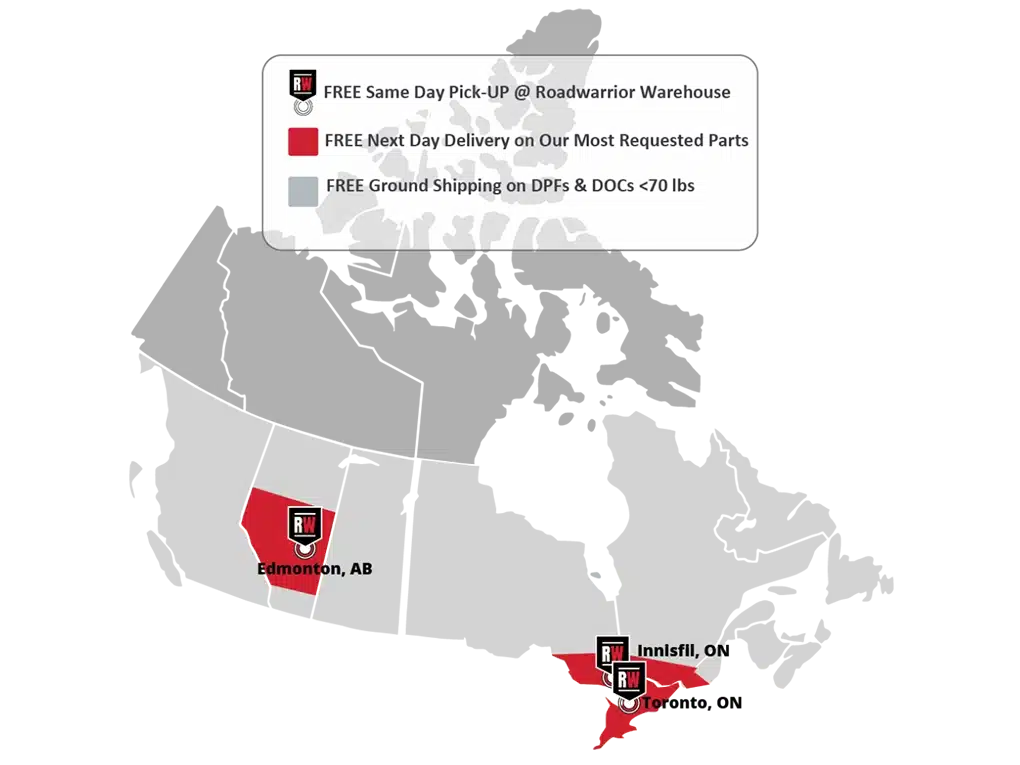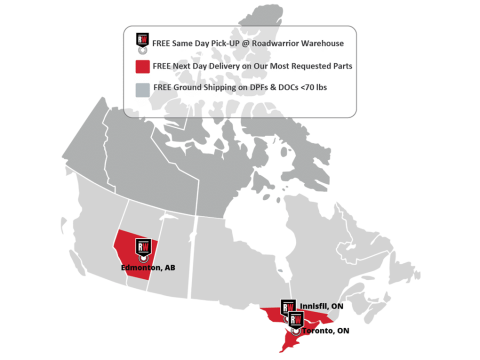Heavy duty truck fault codes, also known as DTC codes, can be confusing for new and established truck drivers alike. By answering popular questions about DTCs, code readers and scan tools, we aim to help you master your truck’s early warning system and keep on top of issues as they arise! If you think we missed anything, please let us know in the comments!
Let’s start simple—what is a DTC code?
A DTC code is the truck computer’s way of alerting you to problems and telling you how bad they are. This helps you decide when to call the emergency mechanic and when to wait till the job’s finished. DTC stands for diagnostic troubleshooting code; they’re also commonly referred to as engine fault codes, heavy duty truck fault codes and diagnostic trouble codes.
What are SPN and FMI on a truck scan tool?
SPN and FMI are two different types of code that both tell you about a problem with your truck. Together an SPN and FMI form a complete fault code. You can pull these fault codes from the ECU with a basic code reader or a more advanced scan tool.
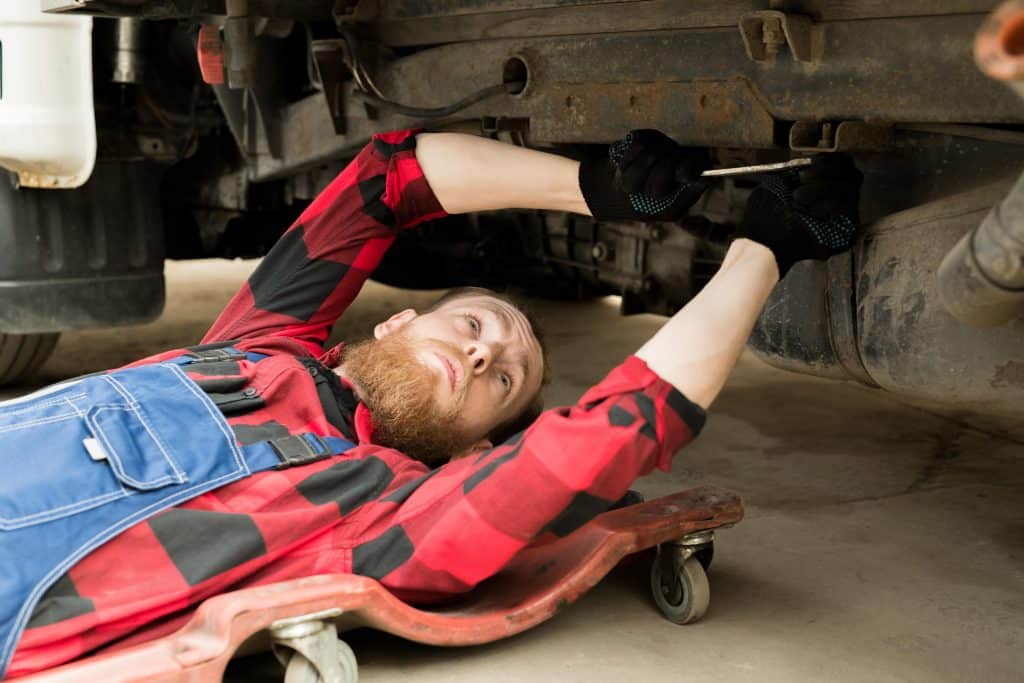
SPN is short for suspect parameter number. It identifies which electrical circuit, part or component of your truck isn’t working properly. FMI stands for failure mode identifier—this part of the fault code tells you what type of problem your truck has. For example, in the fault code SPN 3226 FMI 13, the SPN number 3226 tells you the problem is with the SCR outlet NOx sensor and FMI 13 tells you that the signal from the part is unavailable. Another example is SPN 3250 FMI 0—the SPN identifies an issue with the DOC outlet temperature and the FMI tells you that the problem with the outlet temperature is that it’s very high.
What is an occurrence count (OC)?
The occurrence count number or OC number tells you how many times a problem has happened. The OC goes up by one every time the fault becomes active.
What does a pending DTC code mean?
A pending DTC code is one which isn’t currently active but may become active soon. If the ECM/ ECU detects a less severe fault, it may become a pending fault code; if the truck computer detects it again in another drive cycle, it will mark the fault as active and trigger a warning light. More serious faults tend to become active and trigger check engine lights straight away.
What does an active DTC code mean?
An active DTC code means that there is a current, existing problem with your truck. Combined with the warning lights on your dashboard, these codes tell you what the problem is and where it is.
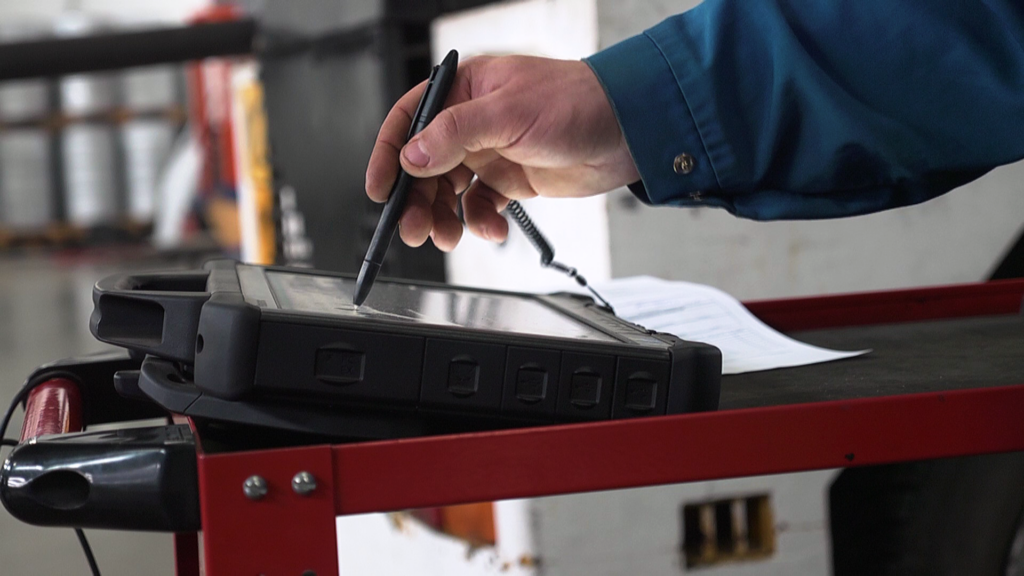
What does a previously active DTC code mean?
Once you resolve or clear the active fault, the truck’s computer will store it with the inactive or previously active fault codes; this allows technicians to scan for the history of system faults. Active emissions fault codes are stored separately from other active fault codes, but all inactive fault codes are stored together. You can find out more about pending, active and inactive DTC codes and where they’re stored in this post by Diesel Laptops.
How to clear DTC codes?
Fault codes describe a problem with your truck, and will mostly clear themselves once you’ve fixed the problem. There’s no real benefit to clearing codes manually with a scan tool or truck code reader without fixing the problem. The ECU will register it if the problem still exists and the fault code will re-appear. If you delay repairs, you may also end up spending more money, as a malfunctioning part can have knock-on effects. On top of this, mechanics and emission testing center inspectors will be able to see any codes you’ve cleared manually and whether the faults are still active with their own OBD (onboard diagnostics) scanners.
How long are DTC codes stored?
Once you clear an active code in a modern HD truck, the system will store it as a previously active code for around 40 drive cycles, (the exact number depends on the model and year). You don’t need to manually clear fault codes if they aren’t permanent. Once you’ve fixed the problem, the codes will become inactive after a few drive cycles. This fault code record means it’s no longer possible to temporarily wipe truck fault codes by manually disconnecting the battery. Disconnecting the ECM/ ECU’s power supply can also wipe its learned memory. This memory contains systematic adjustments the ECU makes over time to boost performance, adapt to engine wear and fine-tune itself to your regular driving patterns; this data is often irretrievable.
How to clear permanent DTC codes?
Permanent DTC codes only apply to aftertreatment parts released since 2010. They were designed to stop people from wiping emissions fault codes by disconnecting the battery. You can’t clear permanent DTC codes using an OBD scanner/ scan tool. However, once the problem is fixed your mechanic can clear them by performing a universal trip drive pattern or three dedicated monitor cycles.
How do you perform a universal trip drive pattern?
This varies according to the truck’s make and model, so you should always check the repair manual before you start. The usual process is to clear all other fault codes so you’re left with only permanent DTC codes. You then turn on the ignition, start the truck and idle for 30 seconds. After this, you should drive for at least 5 minutes at over 40km an hour and idle for at least 30 seconds before turning off the engine. At a minimum, the whole drive cycle should last for 10 minutes. This should clear the code by showing the computer that the problem is fixed.
How do you perform a dedicated monitor cycle?
The first step is to fix the problem that threw the fault code. Next, clear any other fault codes so the permanent DTC is the only active code present. The exact conditions of the monitor drive cycle vary according to your truck, and you can find these in your repair manual. By completing three of these cycles under the specified conditions, you should be able to clear the code and move it to previously active or history fault codes.
Do you have more questions about truck fault codes that you’d like answered? Let us know in the comments!
For more tips about truck malfunctions, check out our blog on the causes and symptoms of black, white and blue exhaust smoke!

